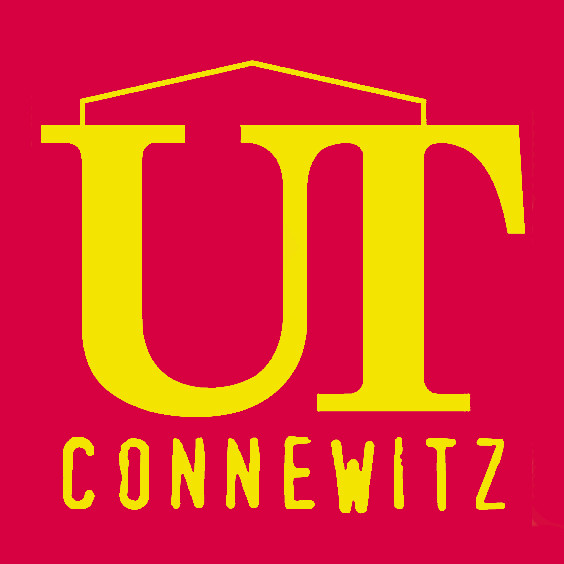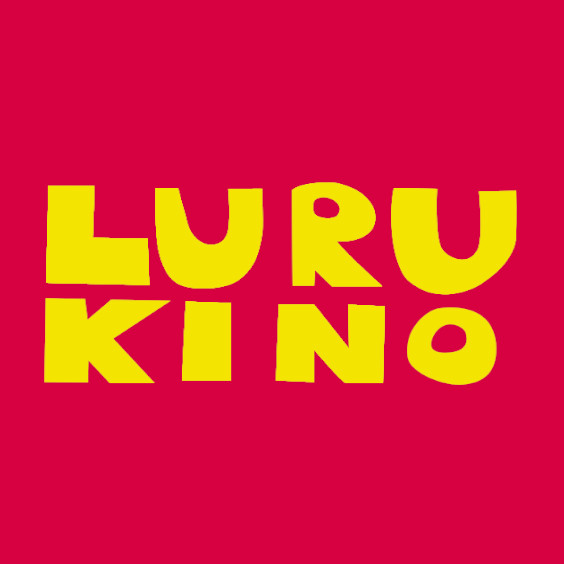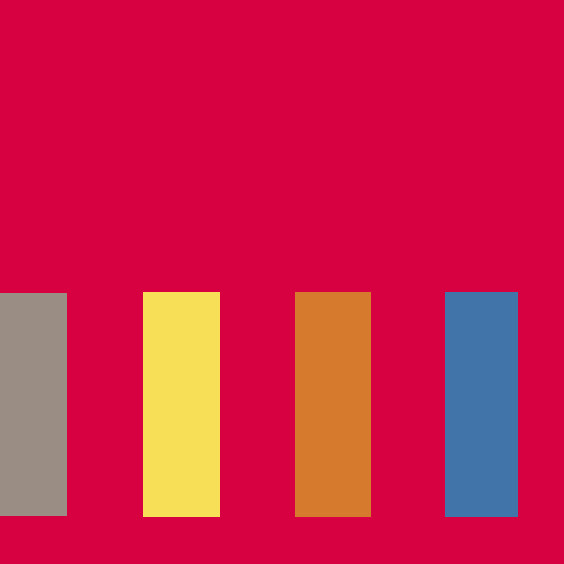Retrospective | ANIMAL REALITIES
É NOITE NA AMÉRICA aka IT IS NIGHT IN AMERICA
BR/FR/IT 2022, D: Ana Vaz, Doc, 66’, original with English subtitles, DCP
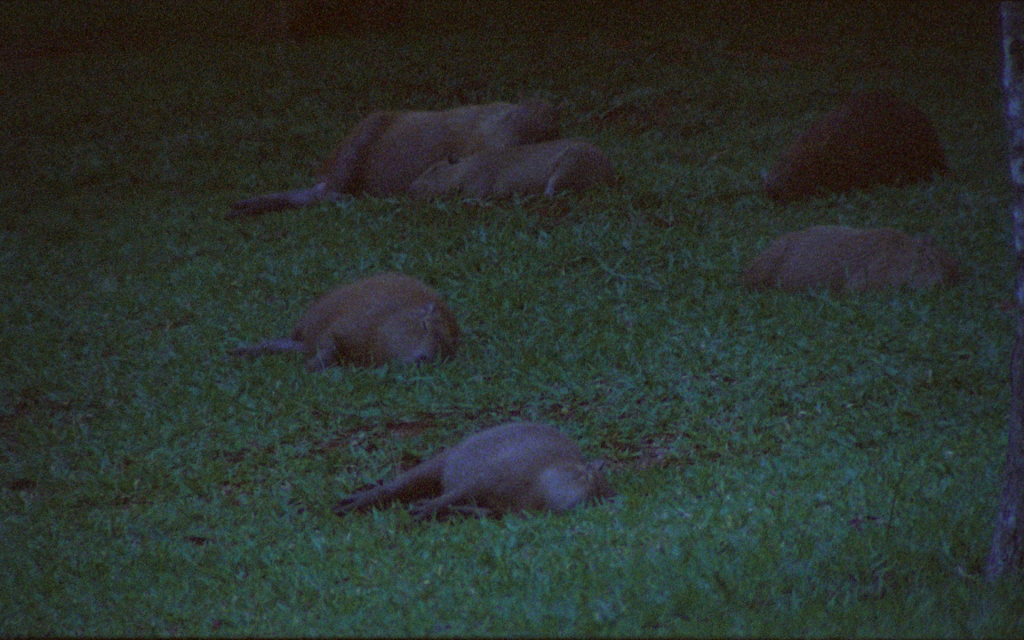
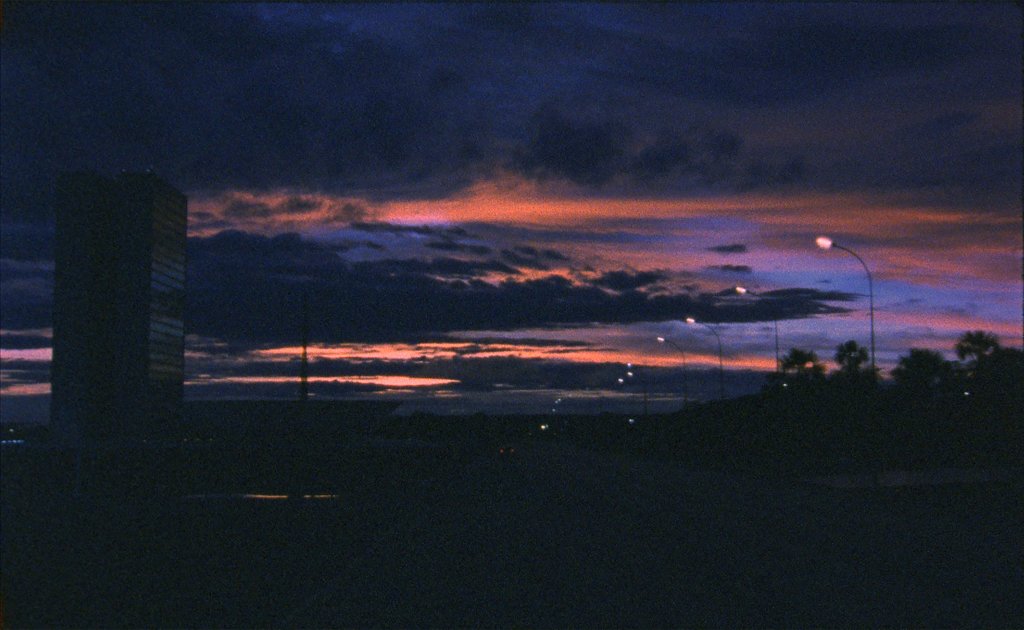
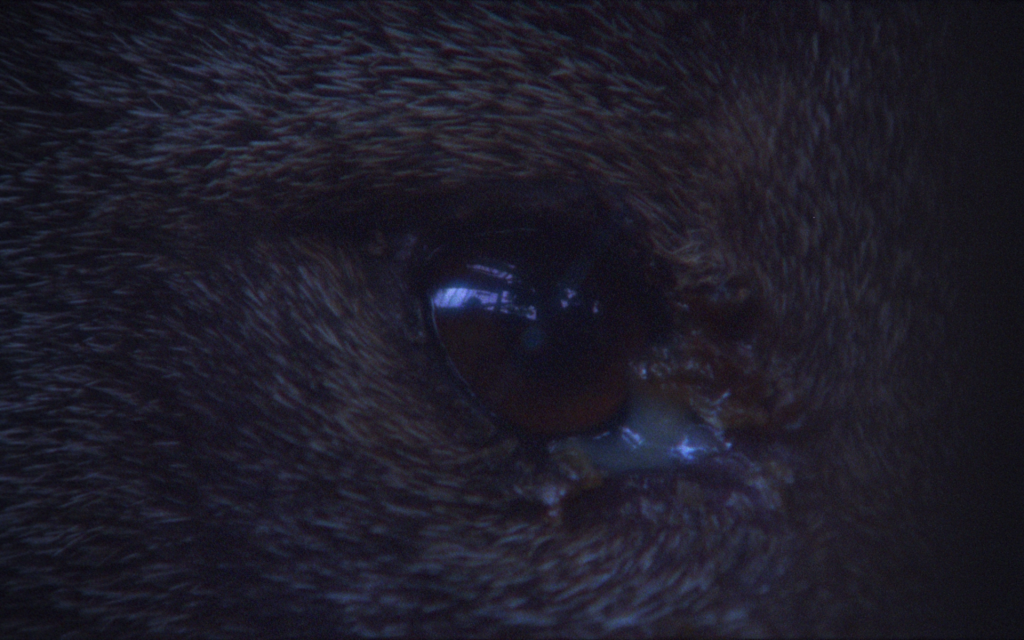
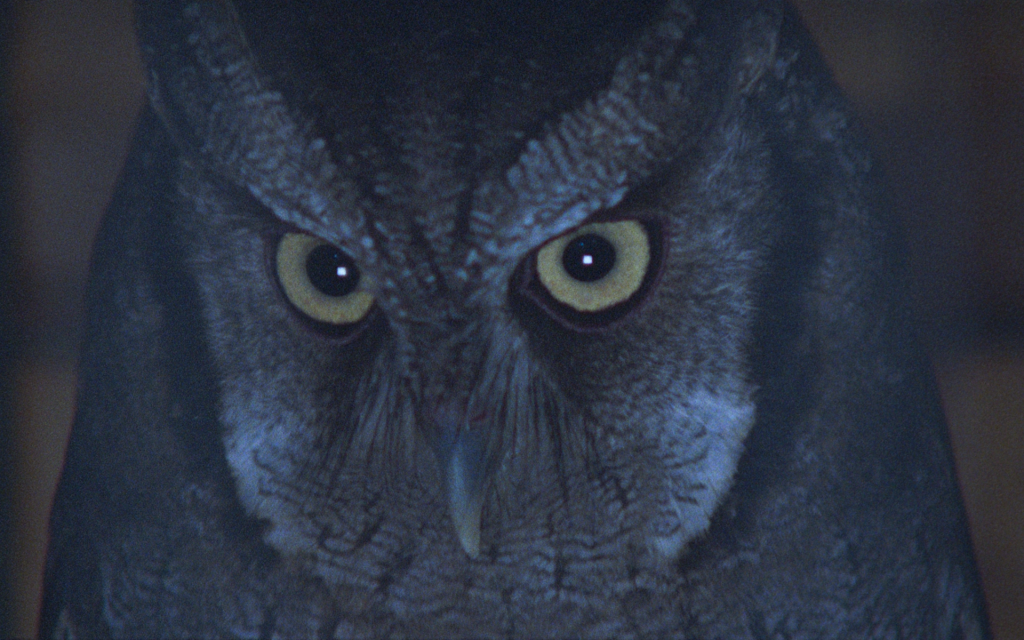
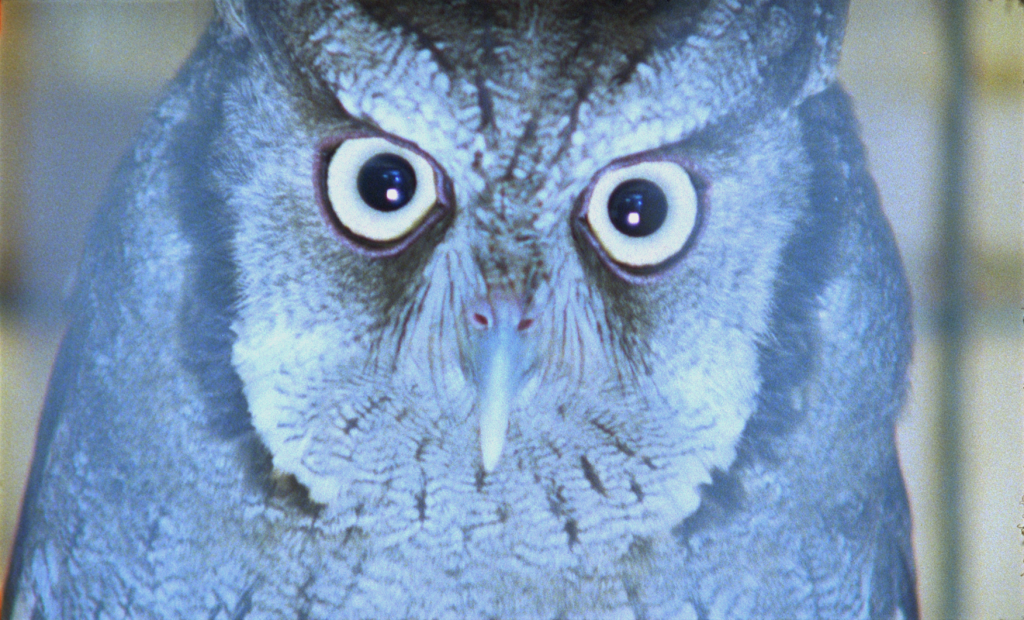
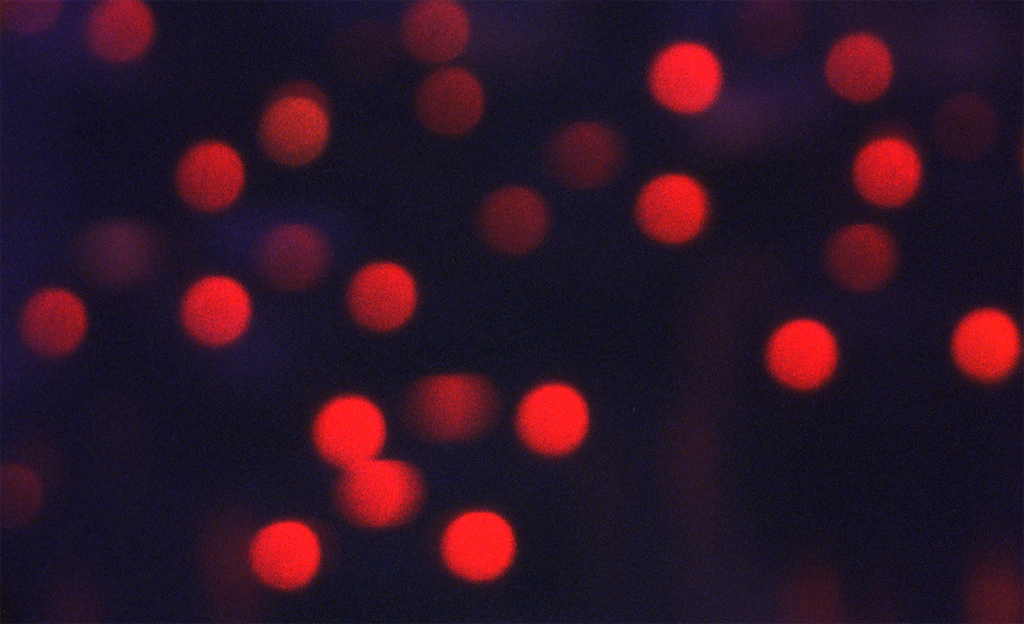
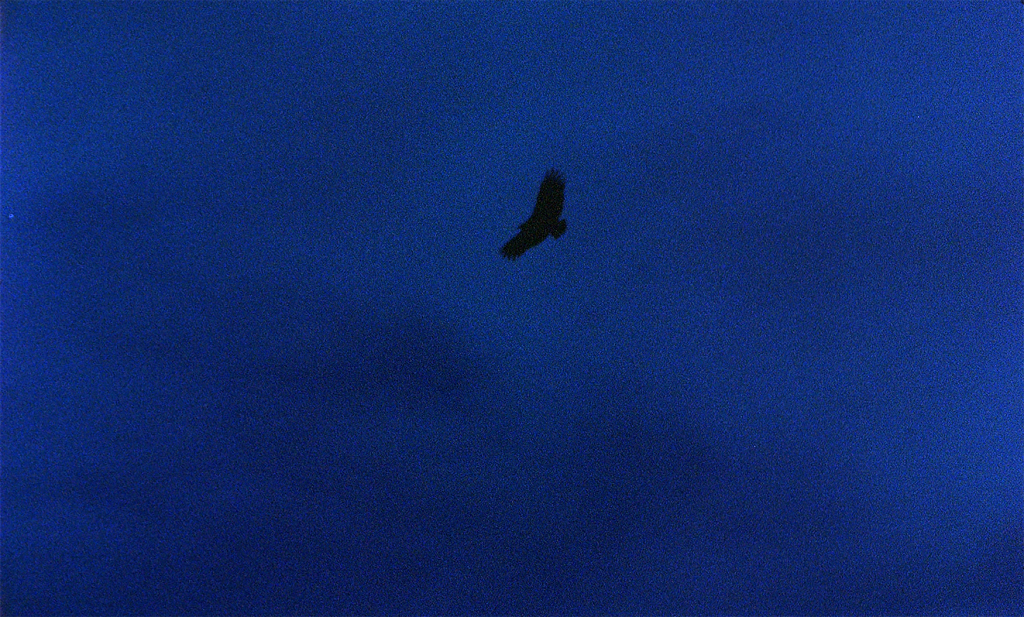
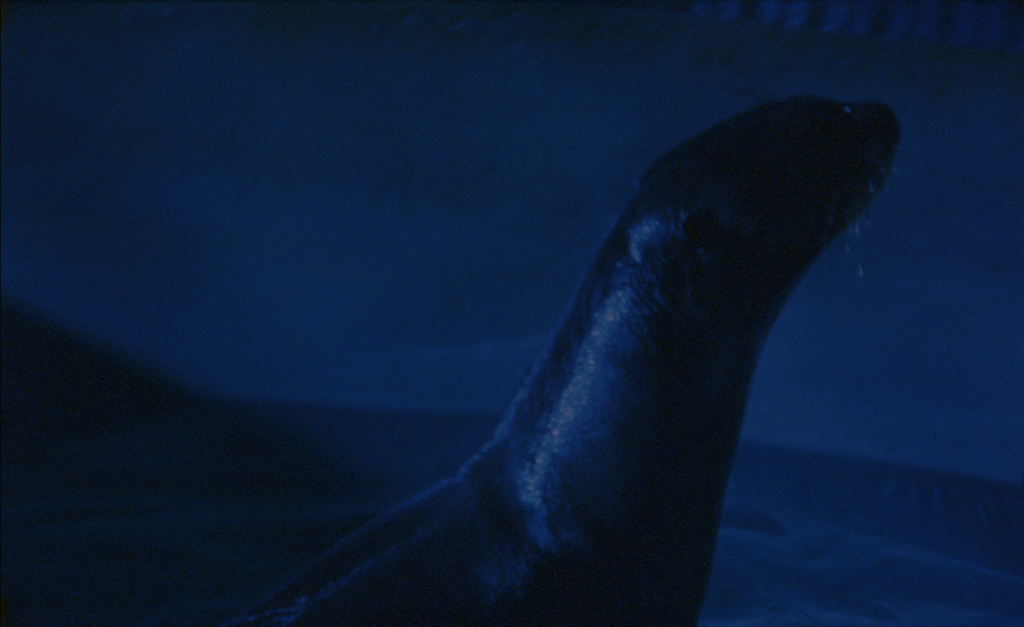
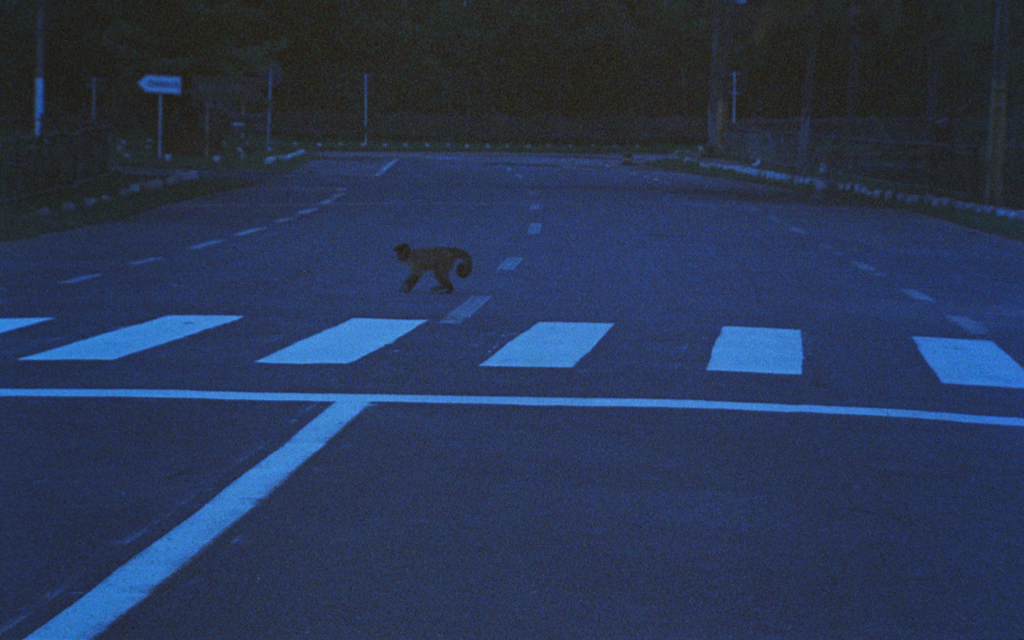
Through the night with owls, monkeys, foxes, capybaras and anteaters in Brasília. We dream ourselves into the mysterious, atmospheric film images, shot on expired 16mm material, accompanied by a melancholic, powerful soundtrack. From dreamlike to nightmarish, between documentary, horror and fantasy, IT IS NIGHT IN AMERICA breathlessly follows the animals’ paths, in what seems like an eternally gloomy night. Do the animals invade our cities or do we occupy their habitat?
{IF YOUR BAIT CAN SING THE WILD ONE WILL COME} LIKE SHADOWS THROUGH LEAVES

SG/FI 2021, D: The Migrant Ecologies Project (Konzept: Lucy Davis), Doc, 28’, original with English subtitles, DCP
In the sensory soundscapes of LIKE SHADOWS THROUGH LEAVES, neighbourhoods of nature and urbanism encounter birdcalls and imitations thereof, songs, whispering memories and rustling leaves in Singapore’s oldest, once celebrated social housing complex Tanglin Halt. We cannot see the birds that belong to this place, we can only wait for the sun to pass and follow their shadows. An invigorating, sensual exploration.
Sun 17. Sept | ANIMAL REALITIES UT Connewitz |
| 7 PM | € 6,5 (5,5 reduced) |
Retrospective | ANIMAL REALITIES
ALL THAT BREATHES
UK/IN/US 2022, D: Shaunak Sen, Doc, 97’, original with English subtitles, DCP
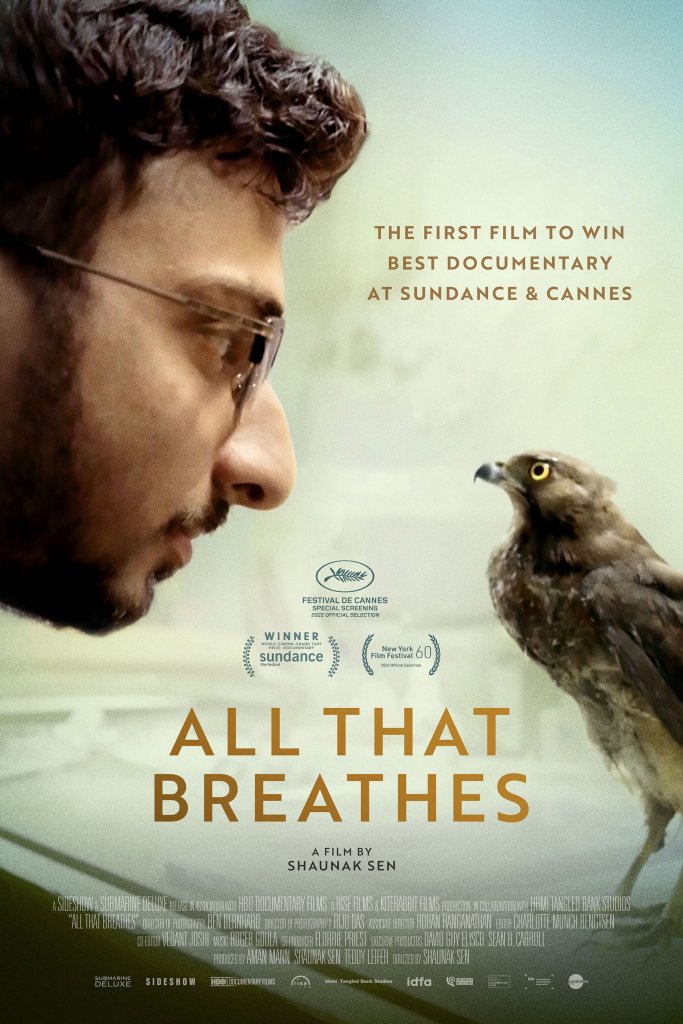
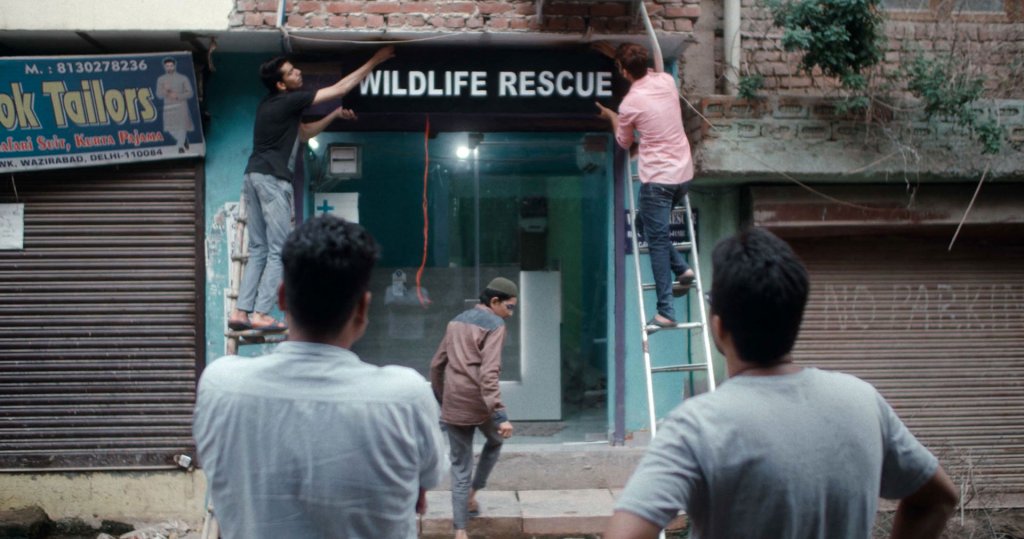
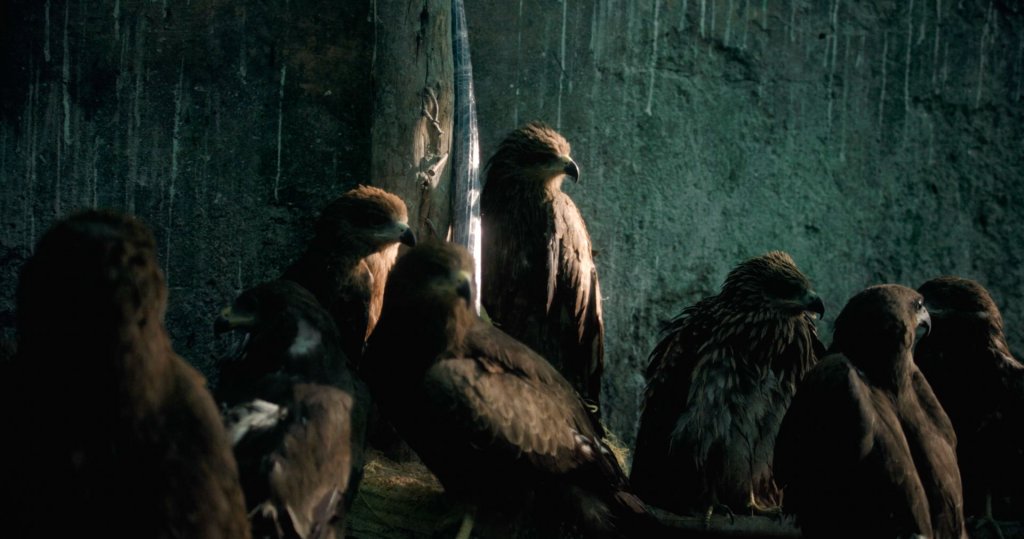
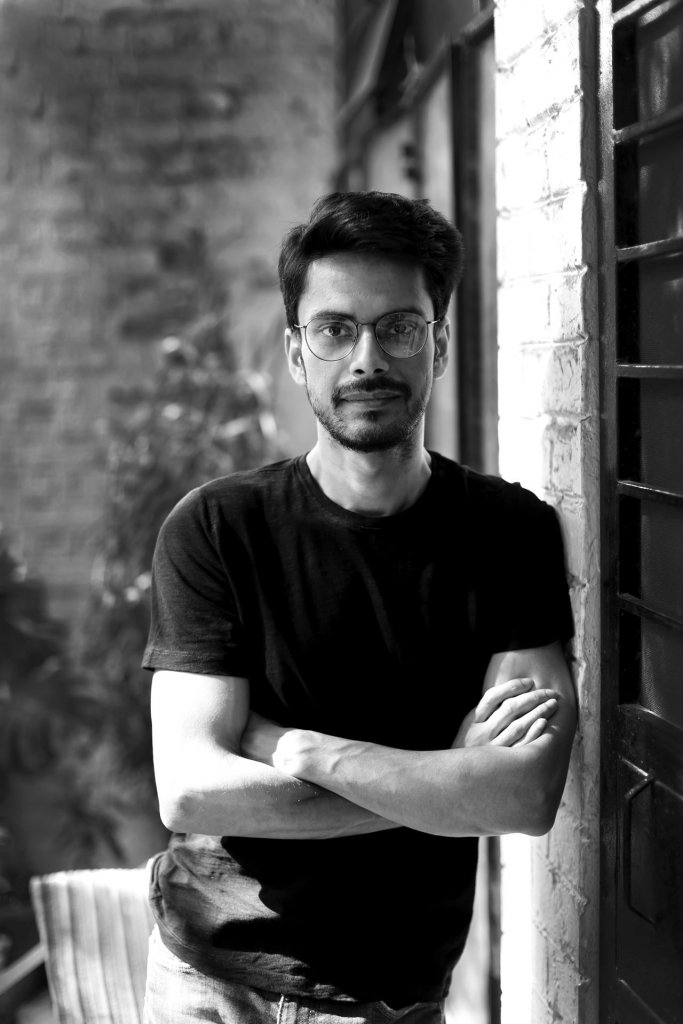
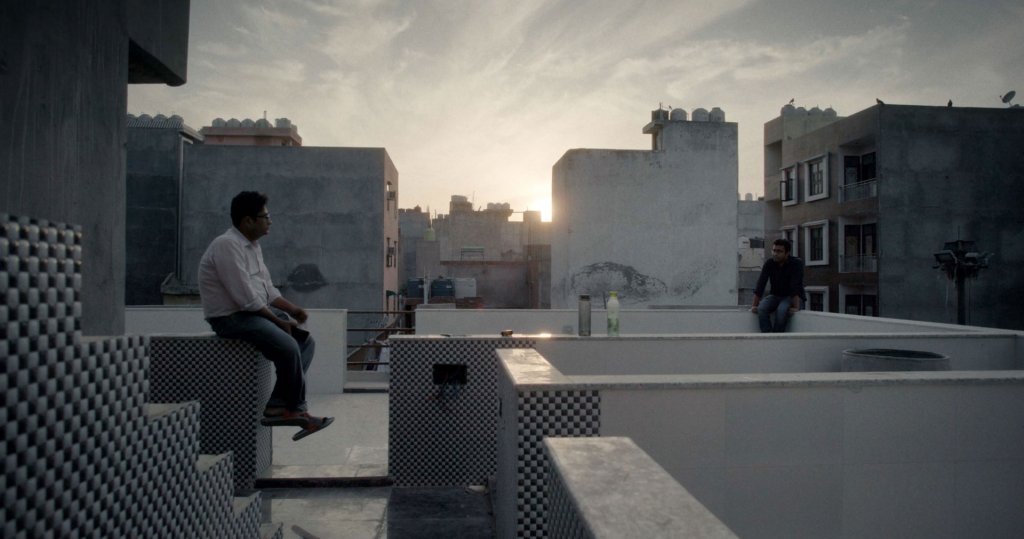
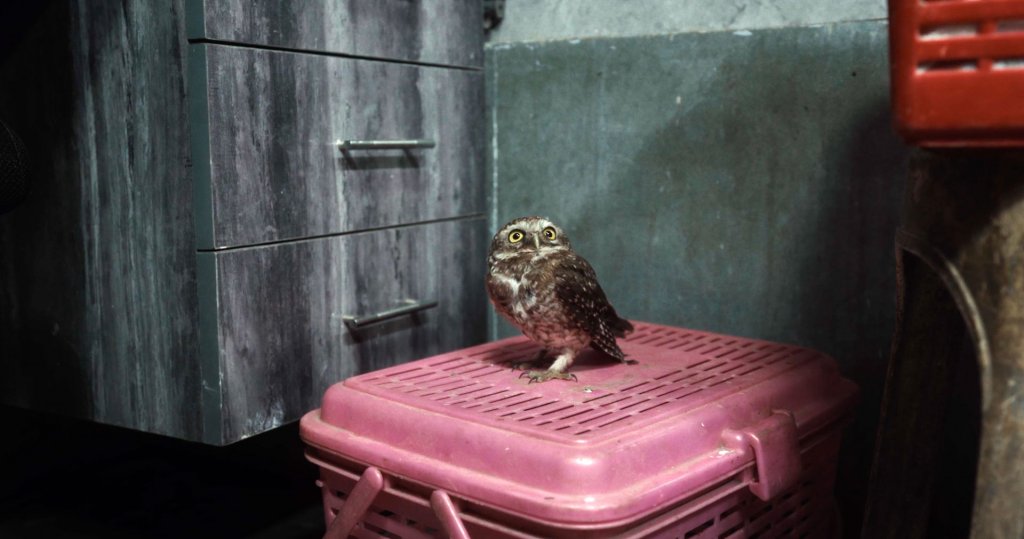
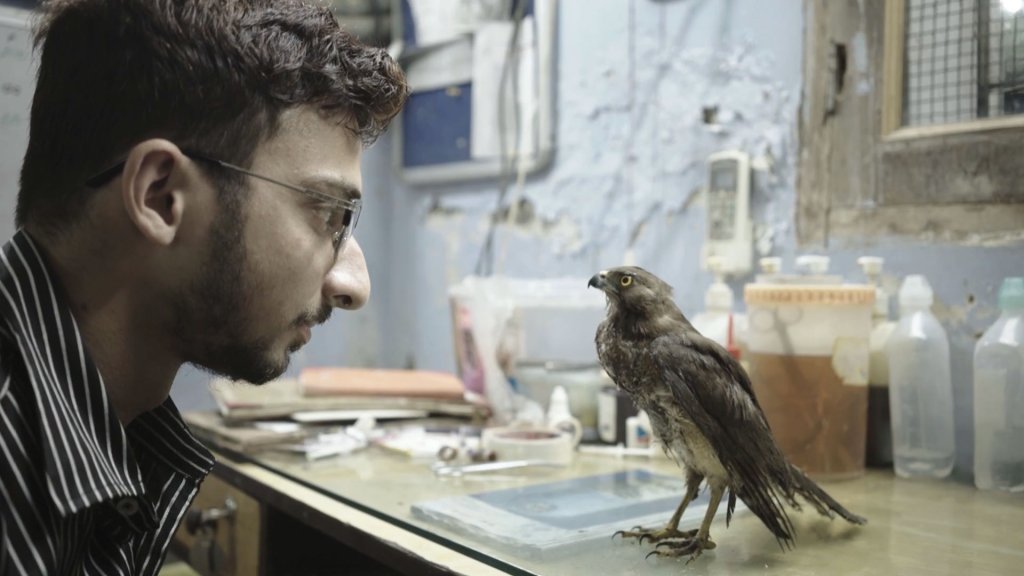
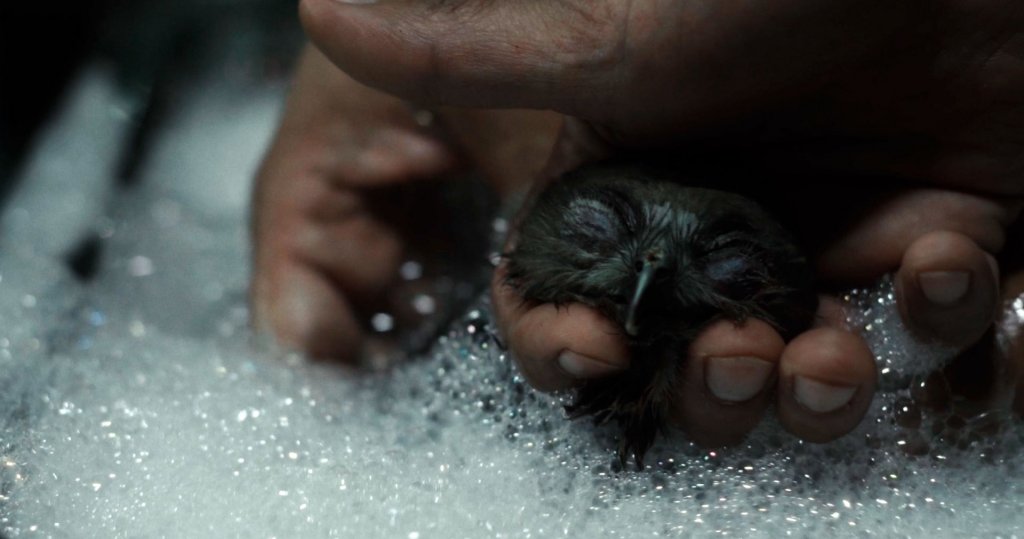
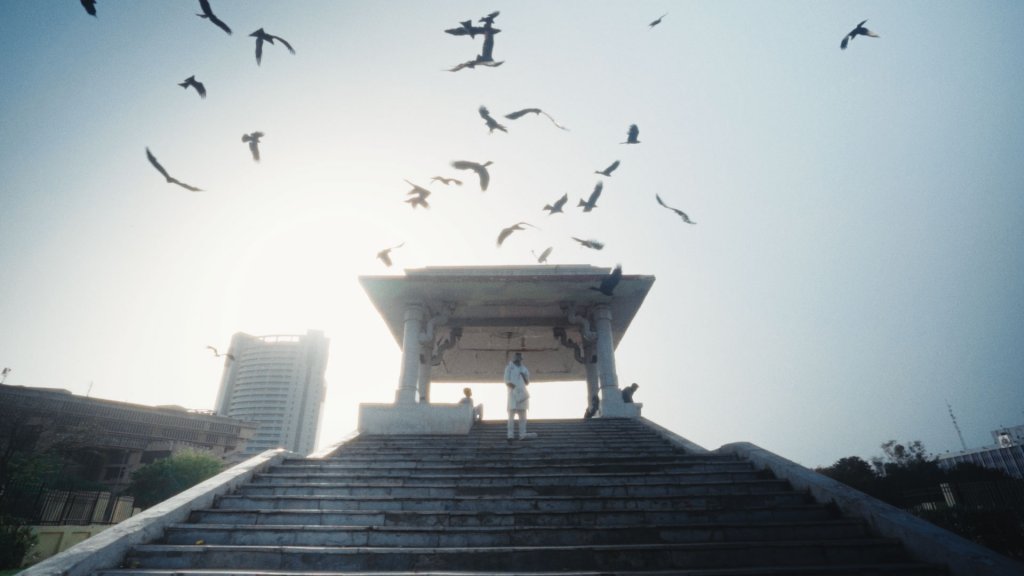
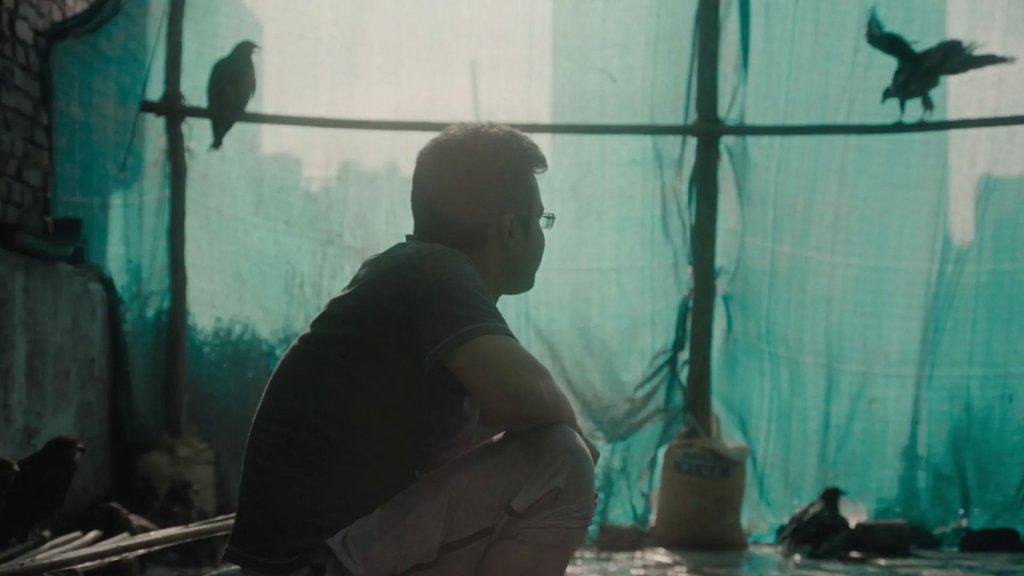
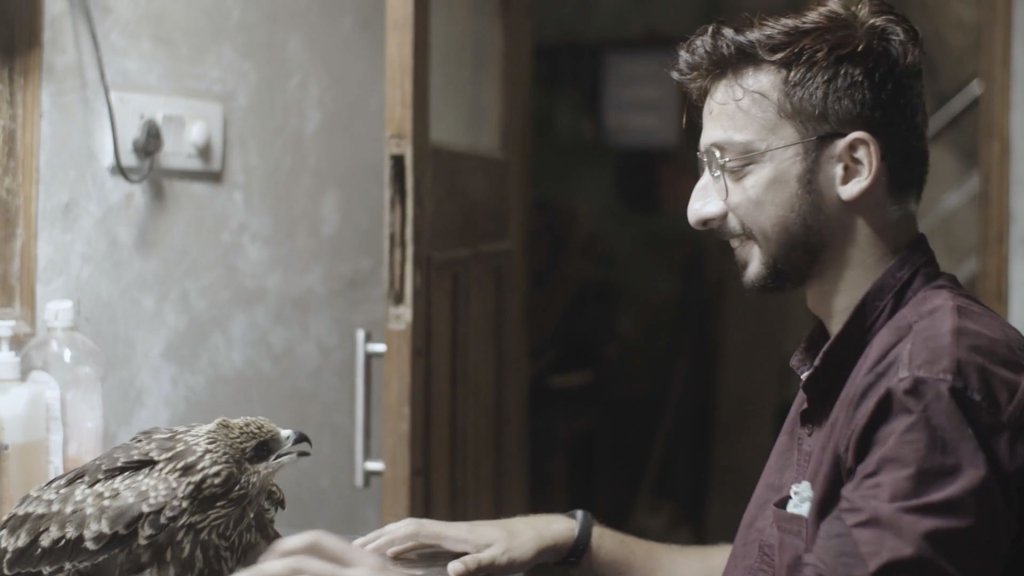
“Life itself is kinship. We’re all a community of air.” In a temporary bird care centre in New Delhi, two Muslim brothers and their cousin are devotedly caring for a majestic bird: the black kite. The black kite is a vehicle to narrate political dimensions that have an impact on the daily lives of Muslim inhabitants. While birds are getting sick and fall from the sky due to severe air pollution, another threat from the right-wing government and its Citizenship Amendment Act is in the wind. We look into the beautiful faces of the kites, follow their trajectories and screech on the ground with rats, insects and frogs. When the “kite brothers” brought their first injured black kite to a veterinary clinic, it was rejected as a “non-vegetarian” bird, because carnivorous birds are considered Muslim and regarded as ritually impure in Hinduism.
| Sun 17. Sept | ANIMAL REALITIES UT Connewitz |
| 17:00 Uhr | € 6,5 (5,5 reduced) |
PH 2022, D: Lav Diaz, A: John Lloyd Cruz, Shaina Magdayao, Hazel Orencio, 412’, original with english subtitles, DCP
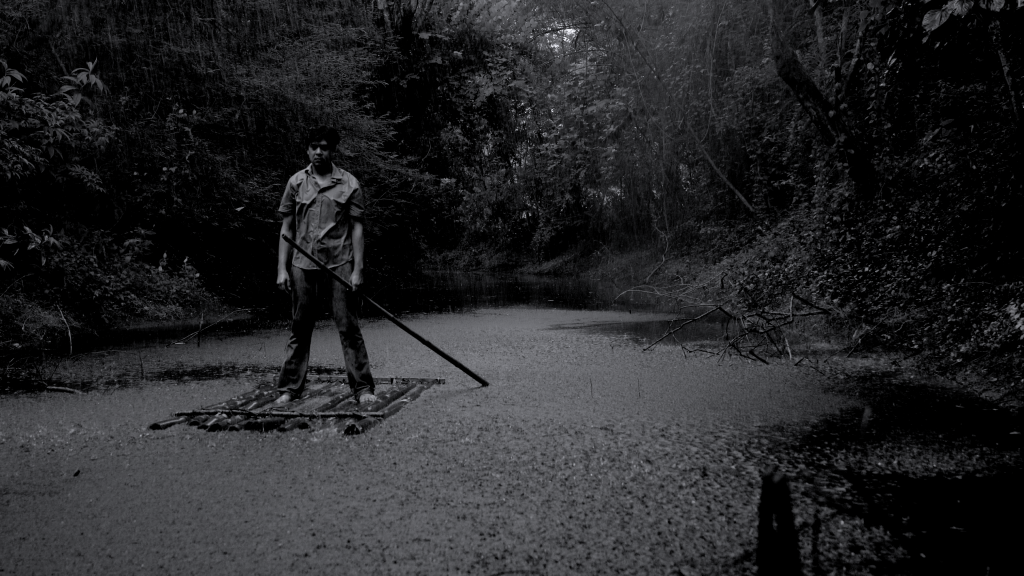
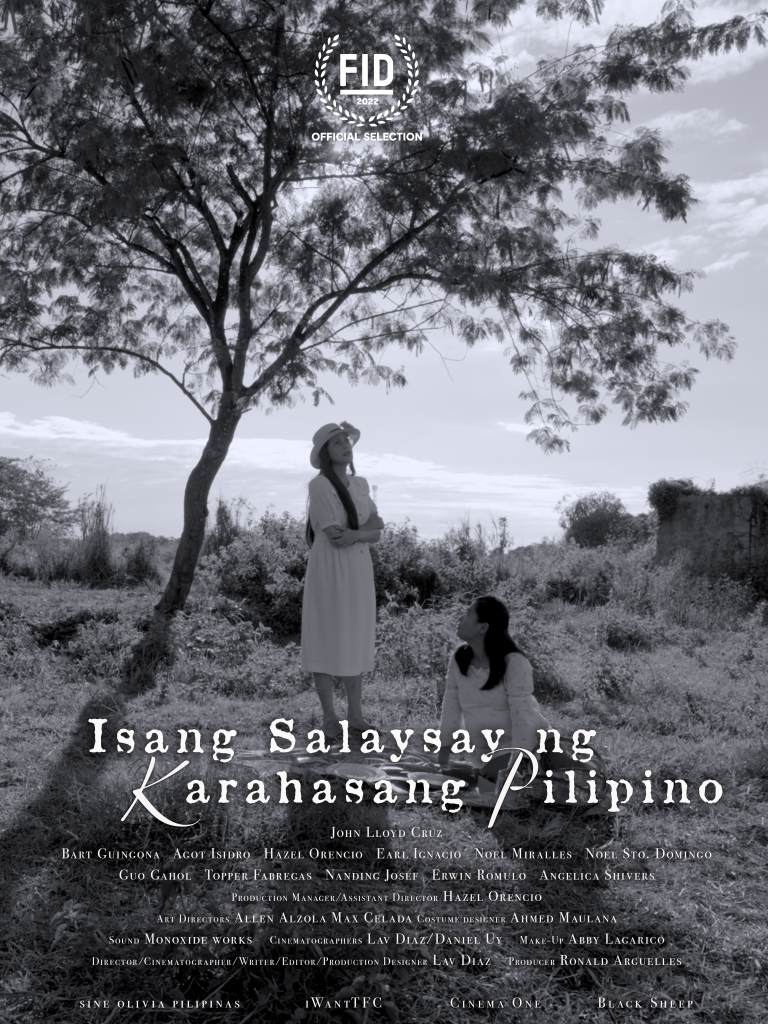
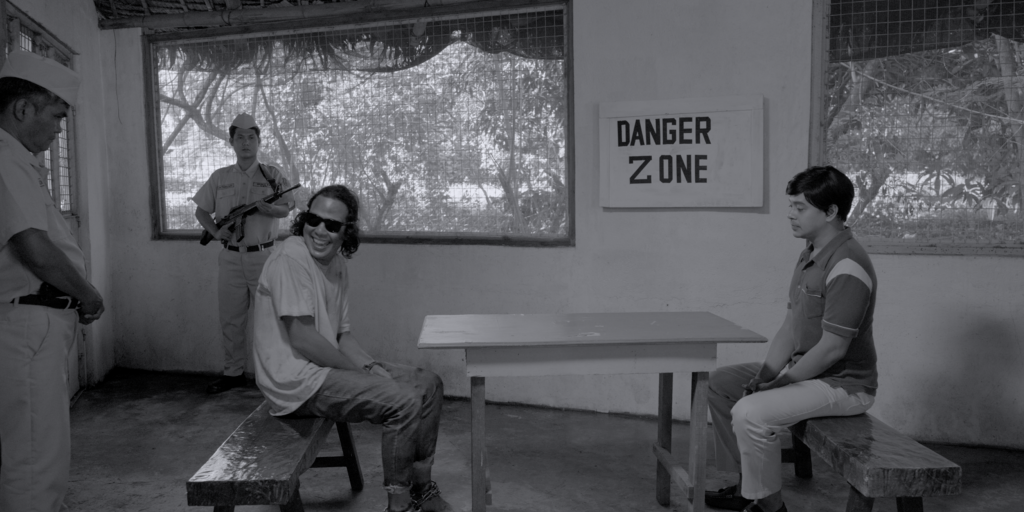
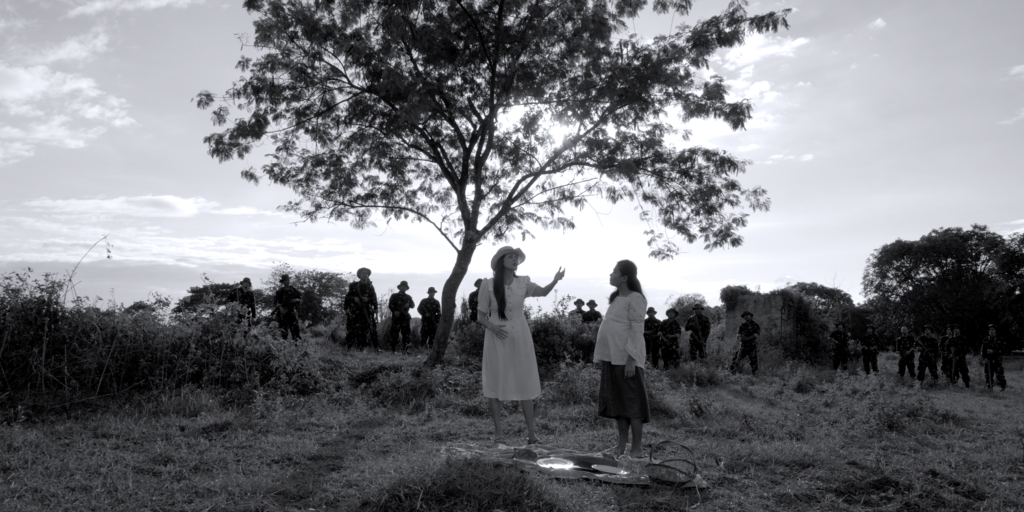
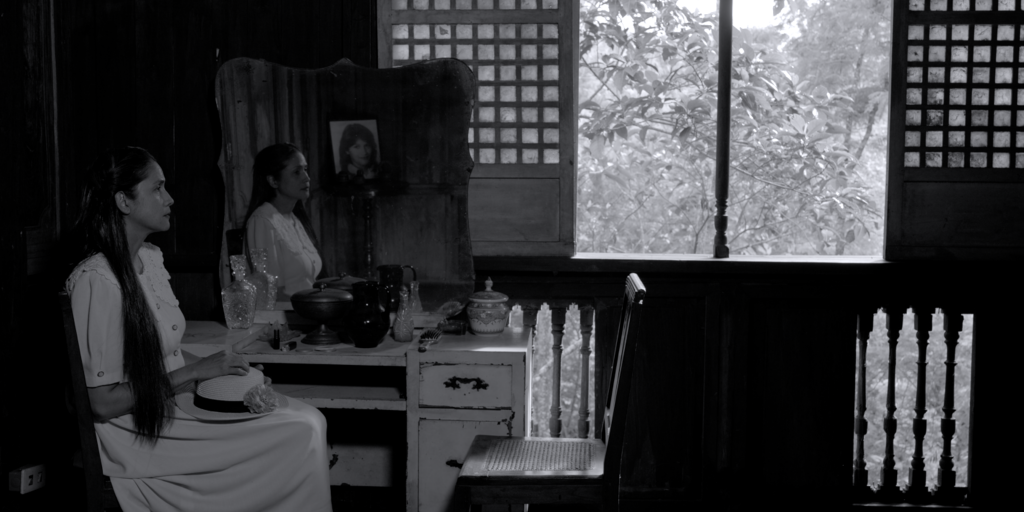
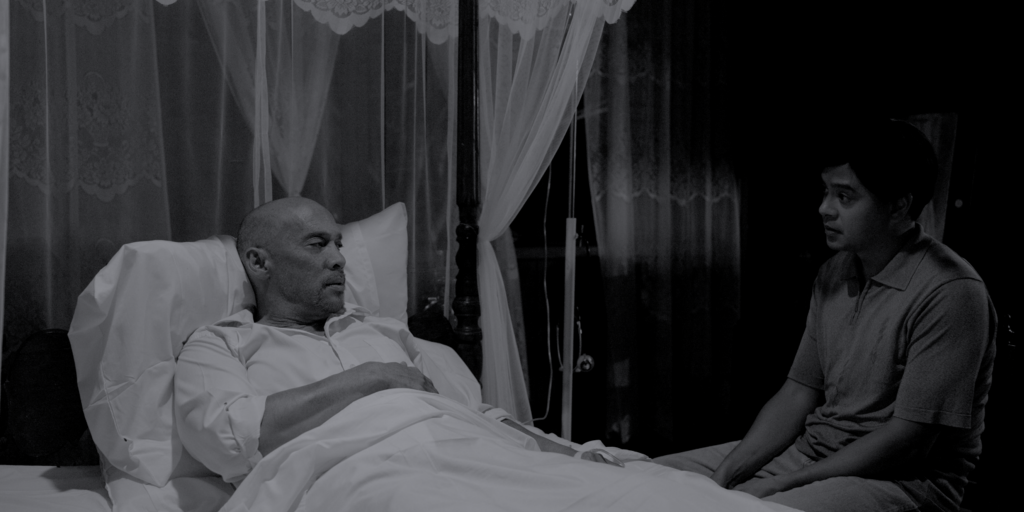
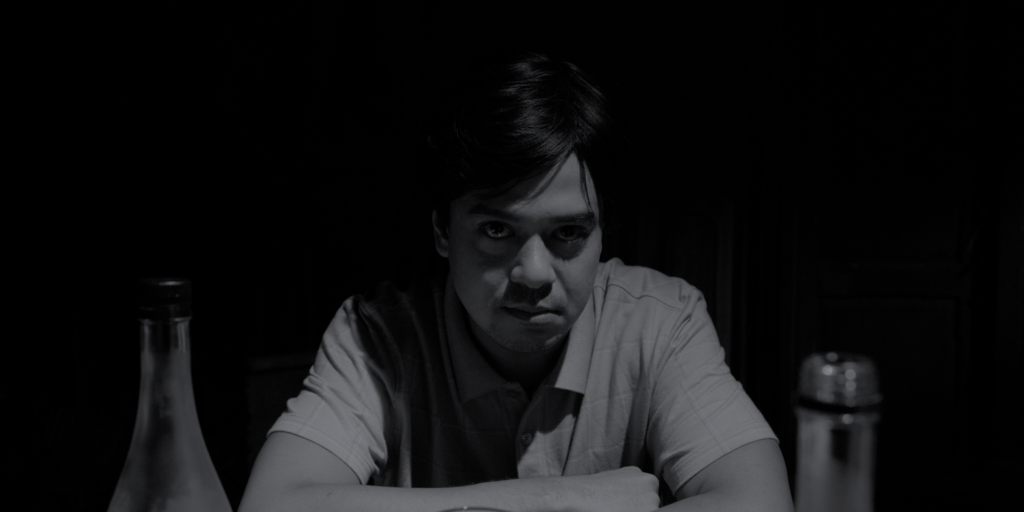
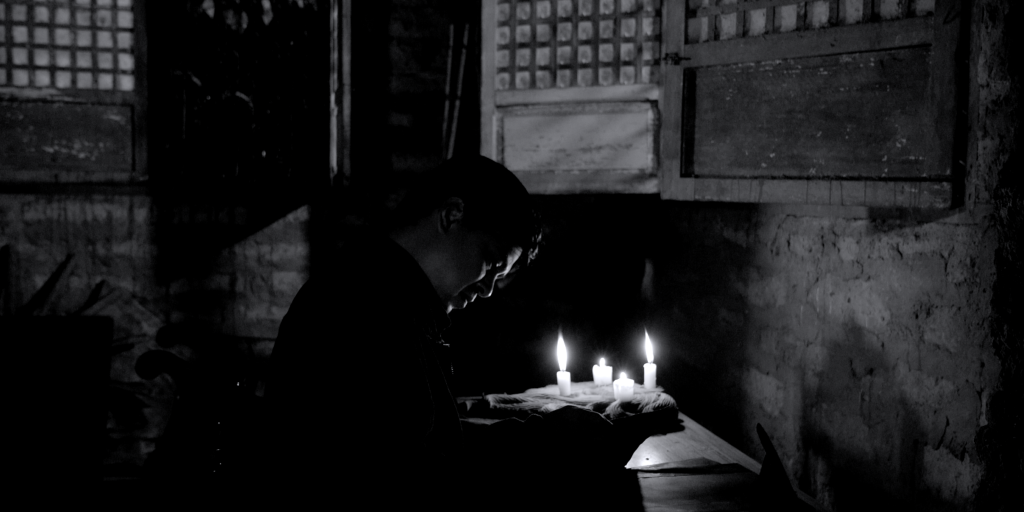
“[T]hey always label my works as long film, slow cinema or, even, comatose cinema, then, why not a sine-nobela (film-novel). My works were and are, actually, written freely like novels or long poems”, says director Lav Diaz. His new, seven-hour-long film-novel tells of the omnipresent violence in his Filipino homeland in black and white pictures. Set during the peak of Ferdinand Marcos dictatorship (1973-74), we follow Servando Monzon III facing up to the traumas of his generation. The adaption of Ricardo Lee’s short story is more than a film about history: it is a parable that reaches back to the Spanish conquest and extends into contemporary times.
| Sun 17. Sept | Luru Kino in der Spinnerei |
| 12 AM | € 8 (7 reduced) |
CA 2022, R: Kyle Edward Ball, D: Lucas Paul, Dali Rose Tetreault, Ross Paul, Jaime Hill, 100’, OmeU, DCP
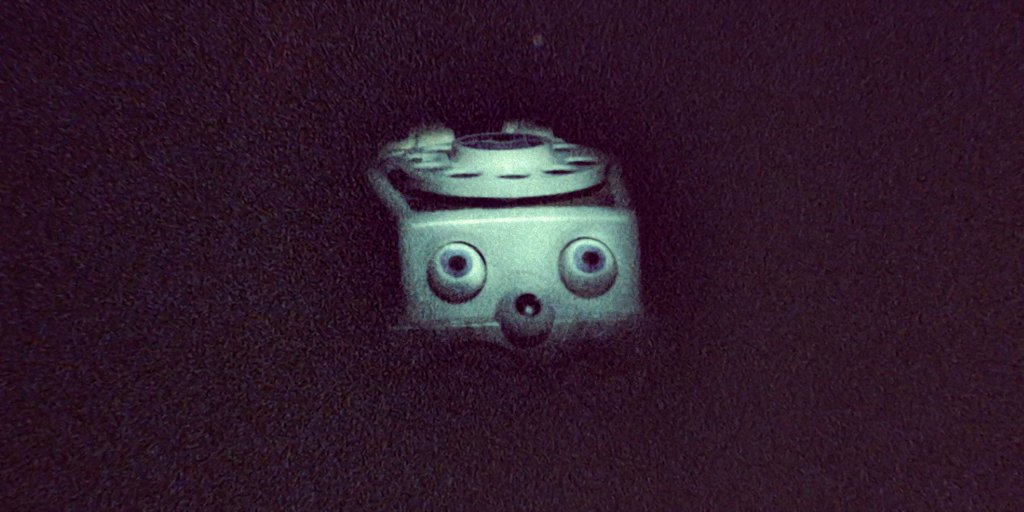
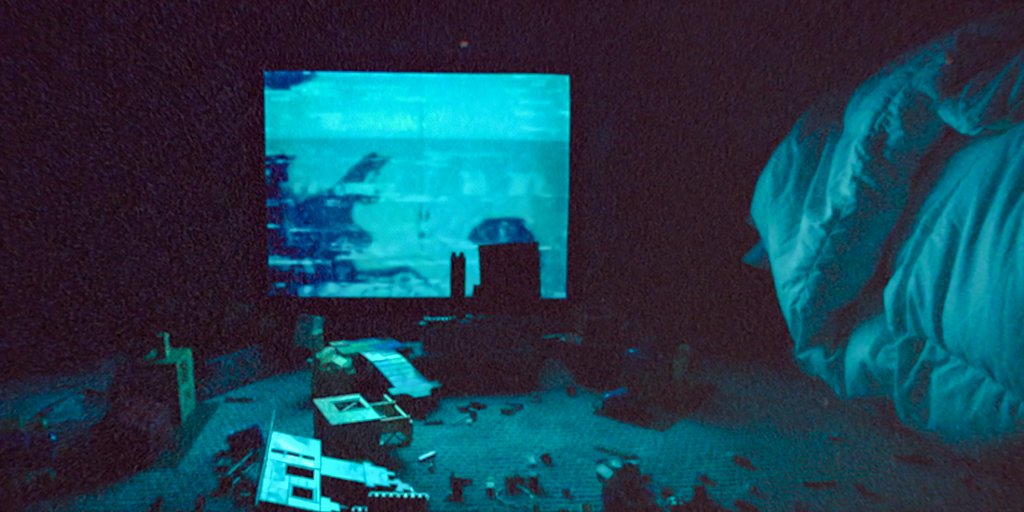
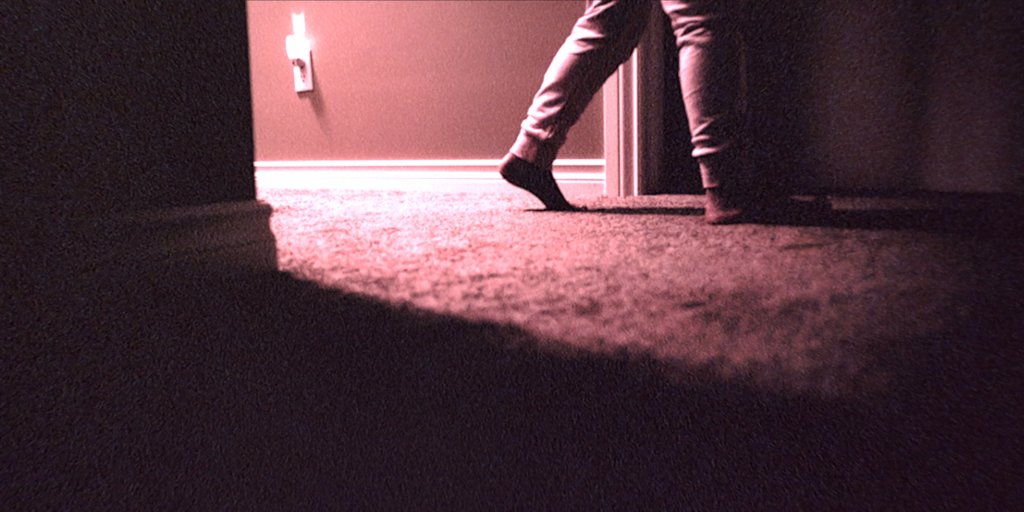
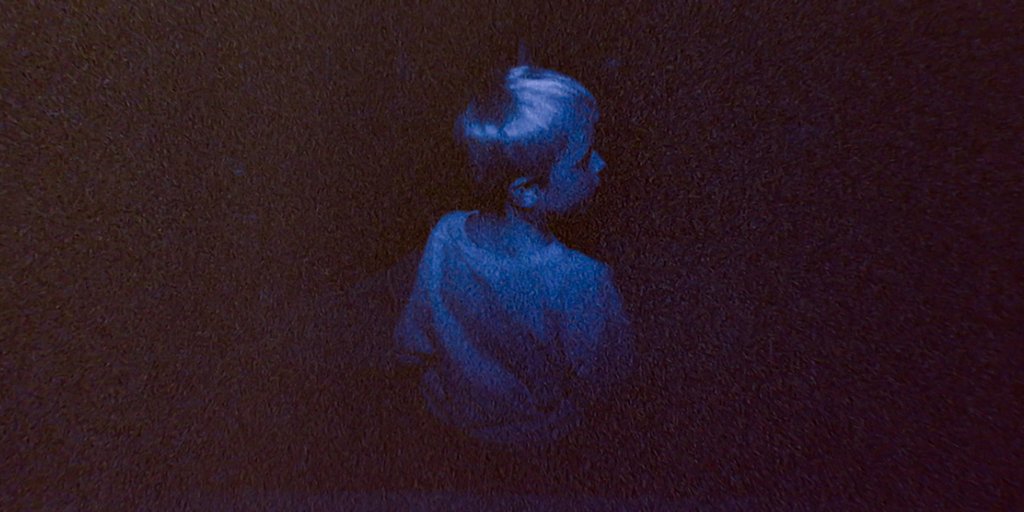
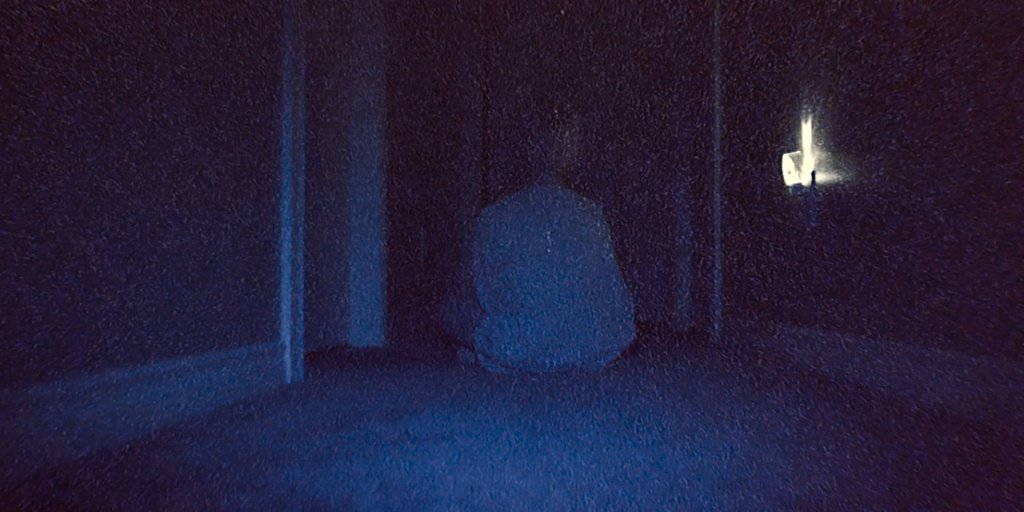
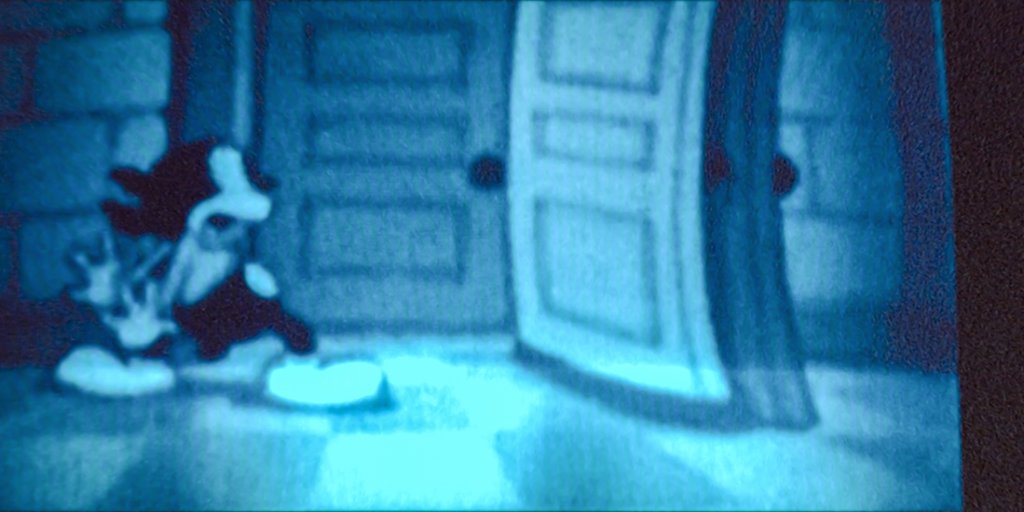
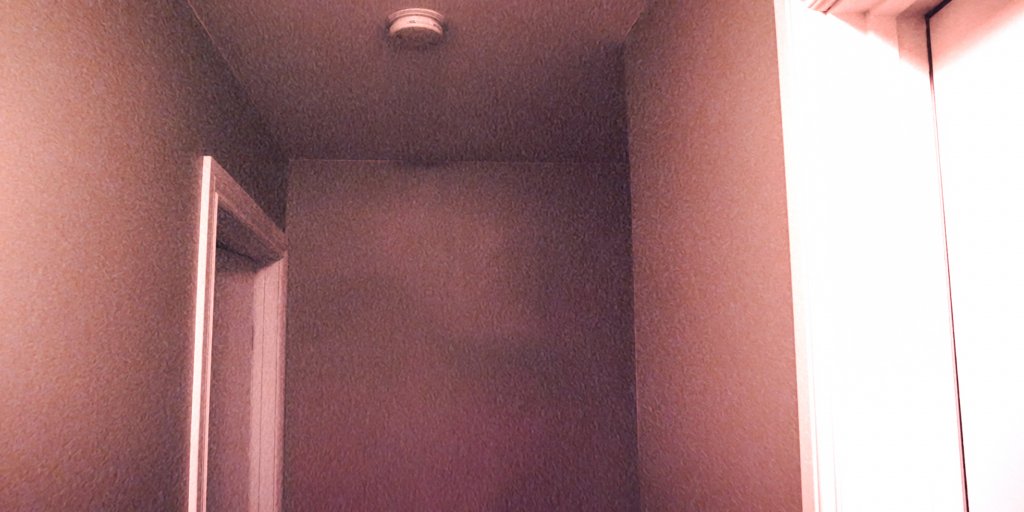
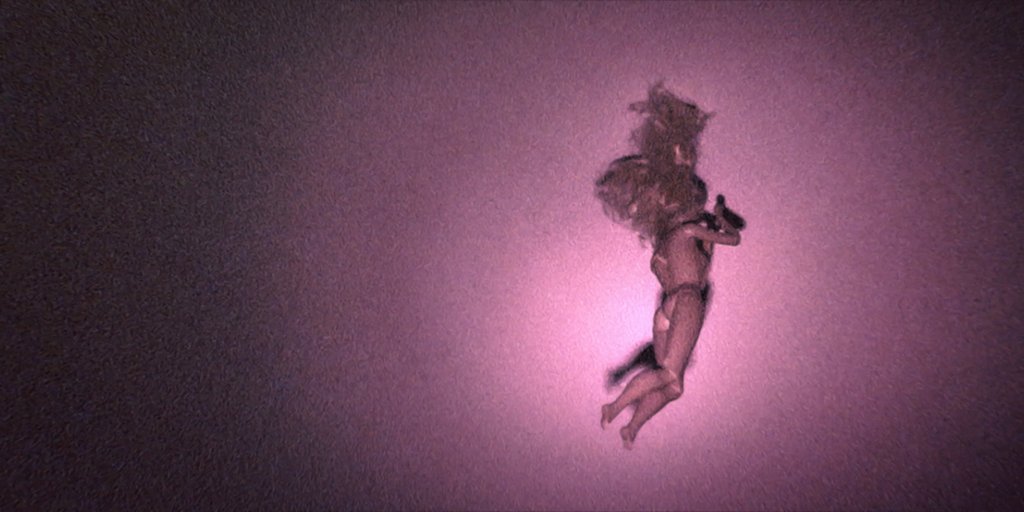
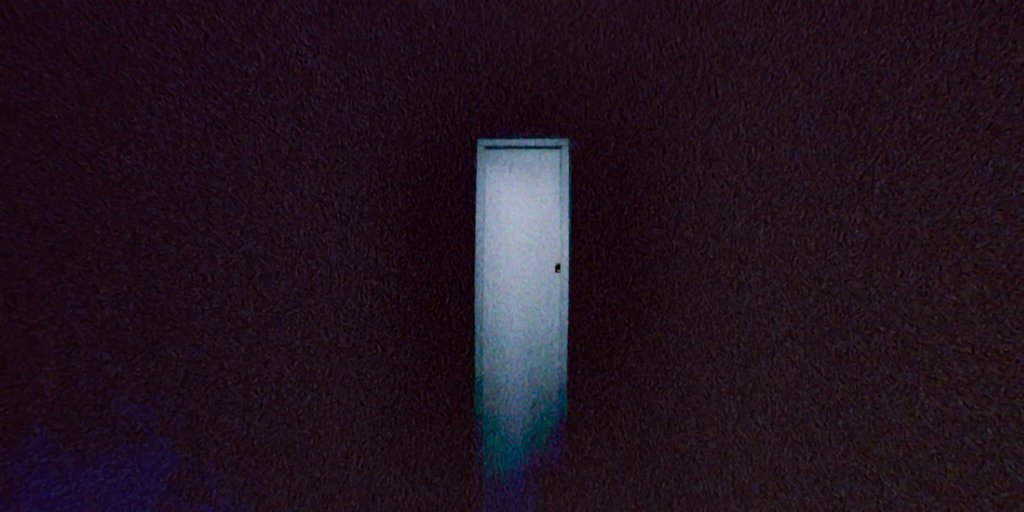
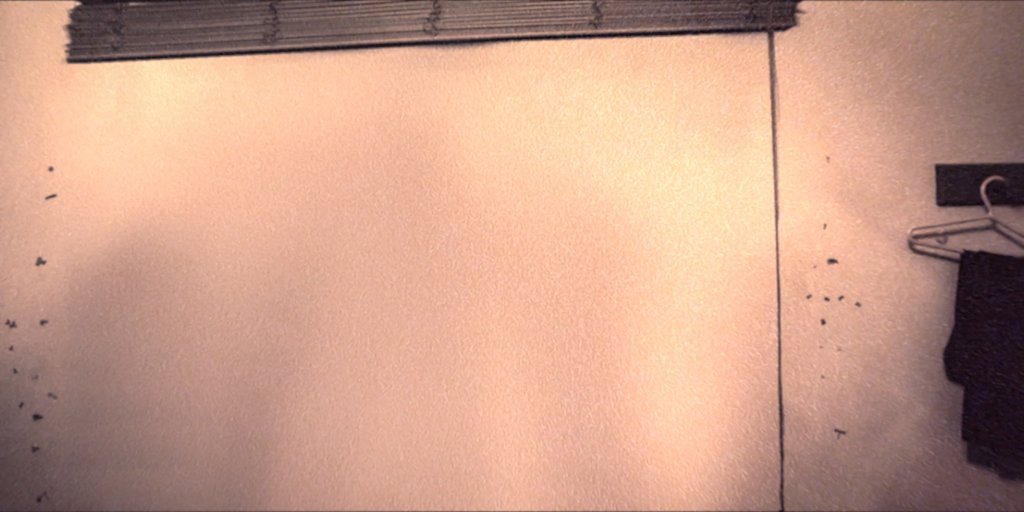
An impalpable dread can be sensed in a house when the two kids Kevin and Kaylee are home alone one night. Their father has disappeared an soon, they are confronted with eerie forces.
The grainy aesthetics of SKINAMARINK give the horror film a ghostly reality. The claustrophobic atmosphere is bolstered by the sound design. The muffled sound compels the audience to listen closely and pay special attention to the things being said. At the same time, some of them often sound too close so that you want to lean back. These contradictory acoustic leads set you in a constant state of leaning in and out and make you an active participant of the horror.
| Sat 16. Sept | Luru Kino in der Spinnerei |
| 10:30 PM | € 6,5 (5,5 reduced) |
Hommage | Martin Müller
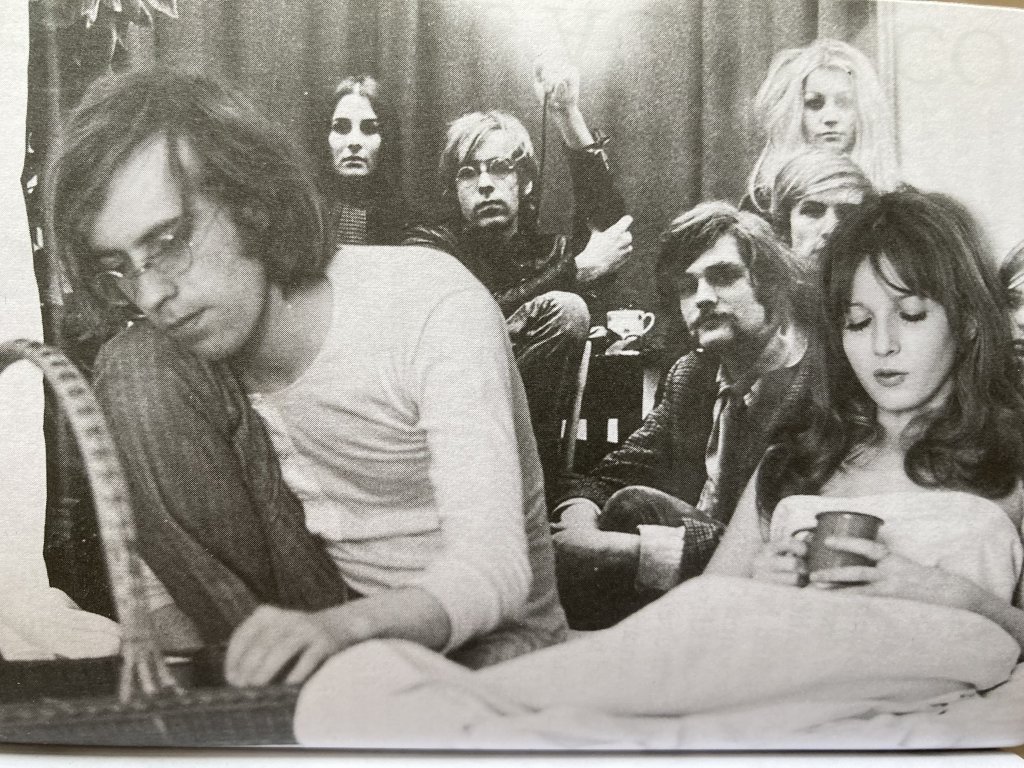
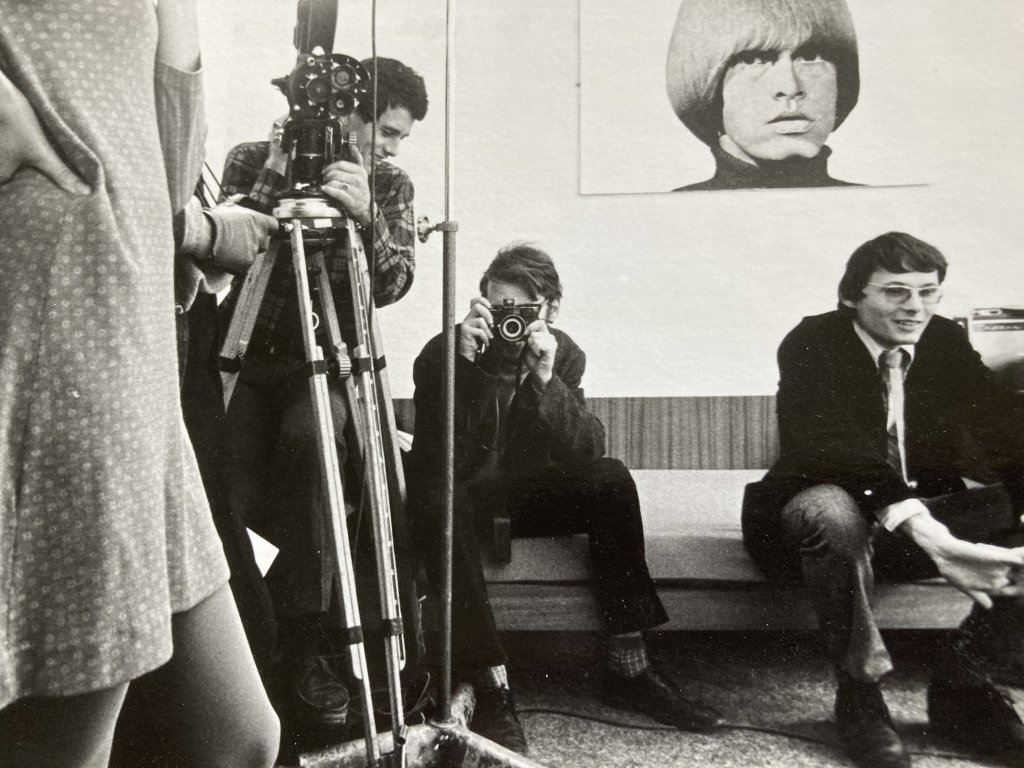

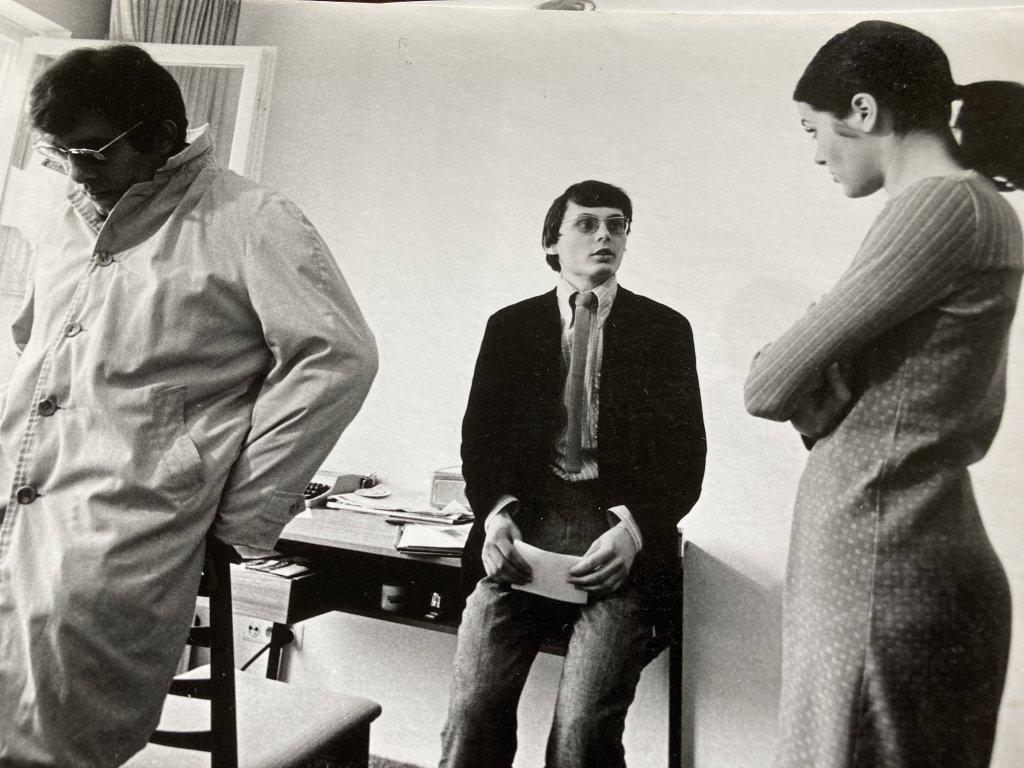
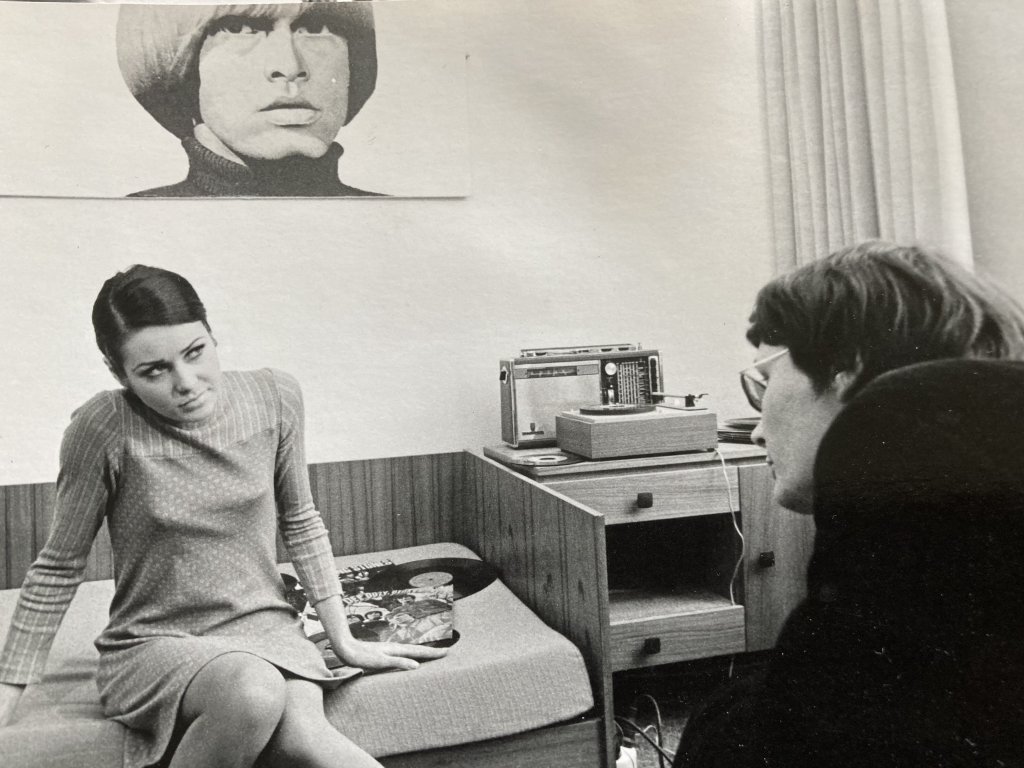
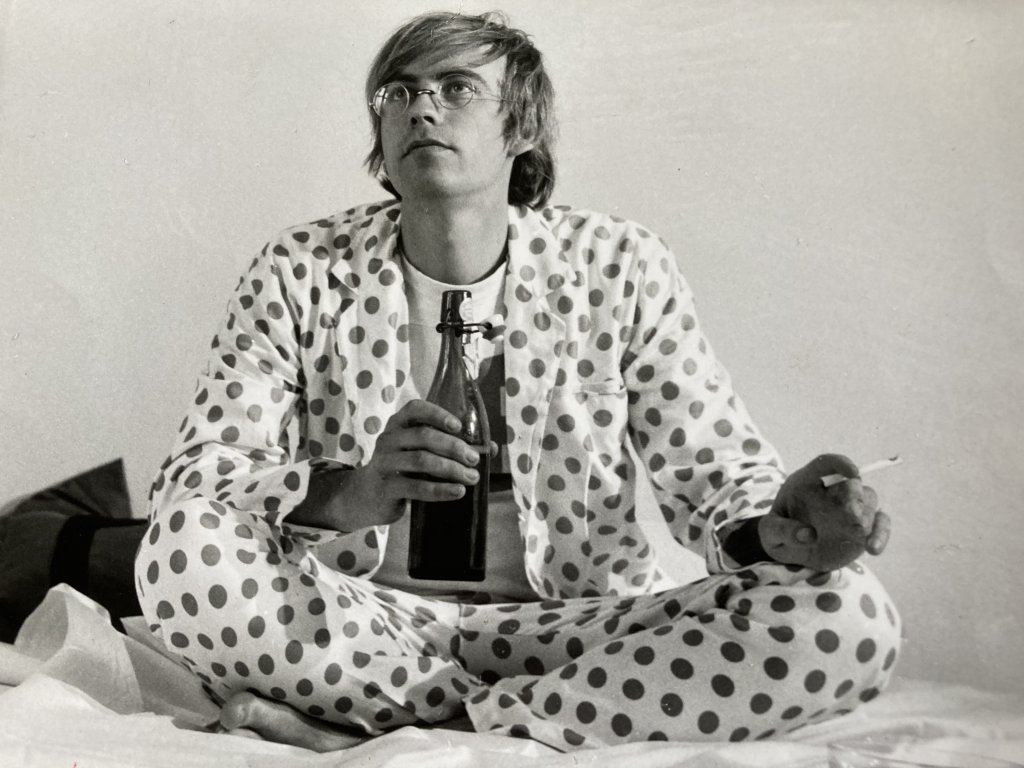
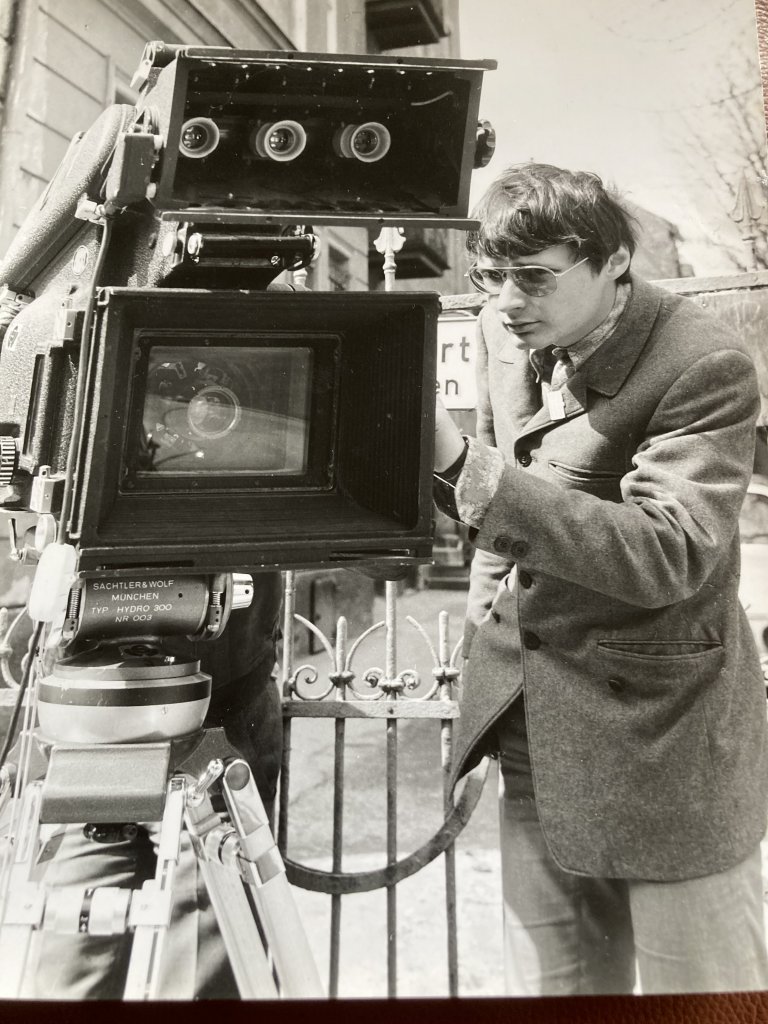
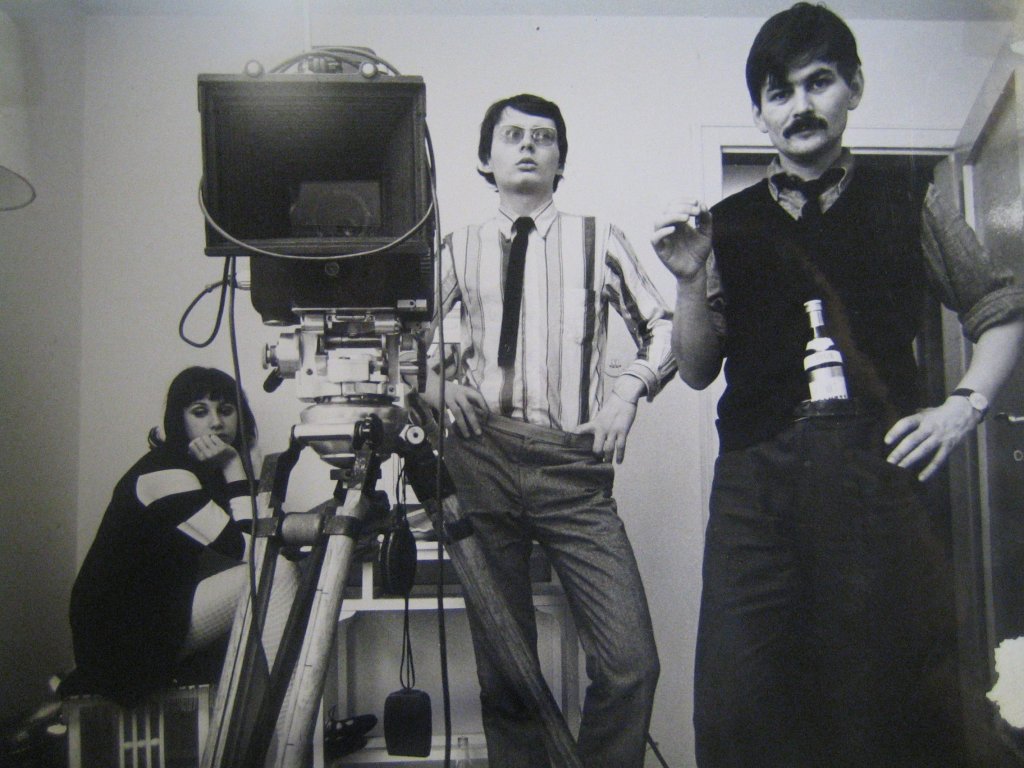
Today, Martin Müller (*1947 at Pausa/Vogtland) unfortunately is a widely unknown figure of German cinema. Partly, this is probably due to his small oeuvre – he made just under ten short and feature films between 1967 and 1982 (furthermore, he worked numerous times as assistant director and did sound for films) –, but has also something to do with the usual reception of the Oberhausen-group and New German Film. Overshadowed by Kluge, Schlöndorff, Wenders, Fassbinder and Co. up until today, there exist some of the most interesting filmmakers of that time. What is true for Müller, holds also true for the so-called Munich Group, whose youngest member he was. Between 1964 and 1972, young filmmakers like Klaus Lemke, Rudolf Thome, Max Zhilmann, Eckardt Schmidt – and on the periphery May Spils, Werner Enke and Maran Gosov – made films that contrast from both a dignified cinema of the big studios as well as from a political and pedagogic impetus of the self-appointed innovators of German film. Their cinema should come along casually, having to do with their own life and feelings. A modest, often funny contemporary cinema that proudly carried its aimlessness and trendlessness before itself.
ANATAHAN, ANATAHAN
DE 1968, D: Martin Müller, A: Veith von Fürstenberg, Klaus Lemke, Sonja Lindorf, Werner Enke, 50’, german OV, digital
The opening titles successively list the names of the participants without functions, mixing film crew and personal idols: Martin Müller, Bob Dylan, Veith von Fürstenberg, Amon Düül II, Sonja Lindorf. This shared flat of Schwabing listens to a lot of music – and lives with it.
They live without a thought for tomorrow, keep themselves afloat with minor roles (they have a standing for productions with long haired people), call one another from room to room when something is needed, plan a theatre play, whose text simply consists of a collage of ripped out pages from classics. In the end, all that remains from these intentions is the music part. Veith is “more successful” as he has shot a short film called ANATAHAN, ANATAHAN. In it, a slacker played by Werner Enke is roaming through the streets and absolutely refuses to pay for fruit and coffee. In his role of a German Hollywood director, the deceased outlaw-independent-auteur Klaus Lemke is impressed by this debut and promises Veith a career. As a young filmmaker who has made it across the pond with the alias of “Montogomery Hathaway”, he seizes on the Hollywood craze of the Munich Group with a wink. Desire, irony and the reality of everyday life merge in ANATAHAN, ANATAHAN. A forgotten masterpiece of nonconformist, West-German cinema beyond being a social problem film.
Introducing films:
THE CAPITULATION (DIE KAPITULATION)
DE 1967, R: Martin Müller, A: Katja Borsche, Klaus Lemke, Marran Gosov, 10’, german OV, 35mm
THE TIN SOLDIER (DER ZINNSOLDAT)
DE 1968, R: Martin Müller, A: Uschi Obermaier, Christian Fiedler, 11’, german OV, 35mm
OUR DOCTOR (UNSER DOKTOR)
DE 1970, D: Martin Müller, A: Martin Müller, Max Zhilmann, Veith von Fürstenberg, 10’, german OV, 35mm
The mid-length main film will be complemented by three short films by Müller that were made temporarily close to ANATAHAN, ANATAHAN and that stand for his playful dealing with the small form: THE CAPITULATION (1967), THE TIN SOLDIER (1968), and OUR DOCTOR (1970). The rare 35mm copies – unicums! – are provided by Bernhard Marsch, filmmaker and curator as well as founding member of the Cologne Filmclub 813 which is legendary among cinephiles. Like hardly anyone else, Marsch knows his way around the Munich Group and West-German cinema of the 1960ies to the 1980ies beyond Daddy’s, Wenders’ and Schlöndorff’s cinema. He will get into conversation with Müller and you about his work and the time of its creation.
| Sat 16. Sept | Luru Kino in der Spinnerei |
| 8 PM | In the presence of Martin Müller. In conversation with Bernhard Marsch (Filmclub 813 Cologne). € 6,5 (5,5 reduced) |



